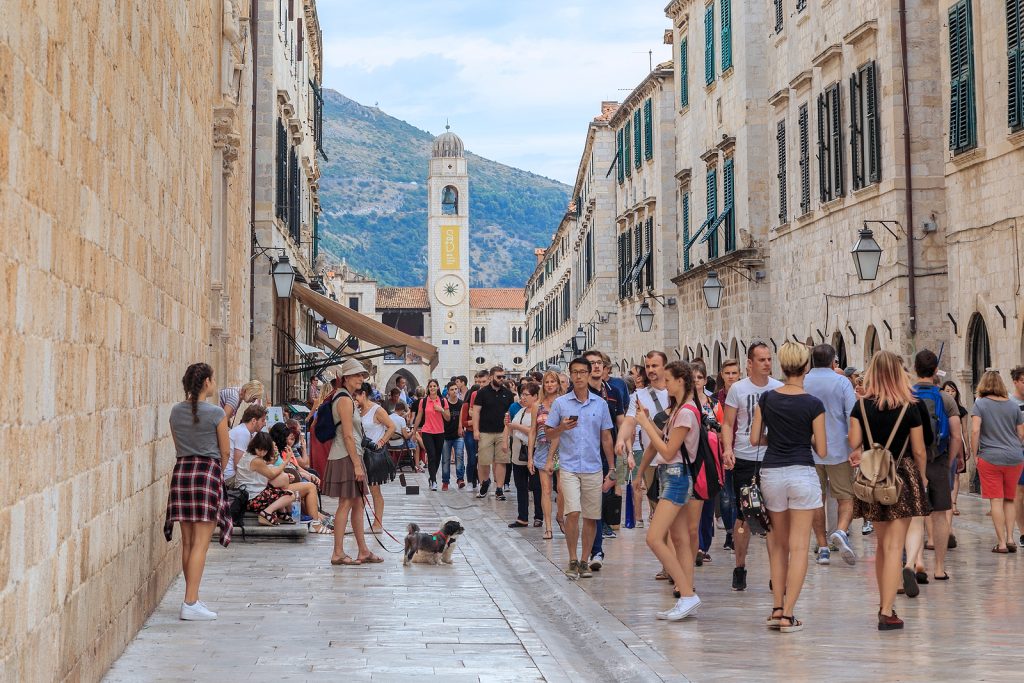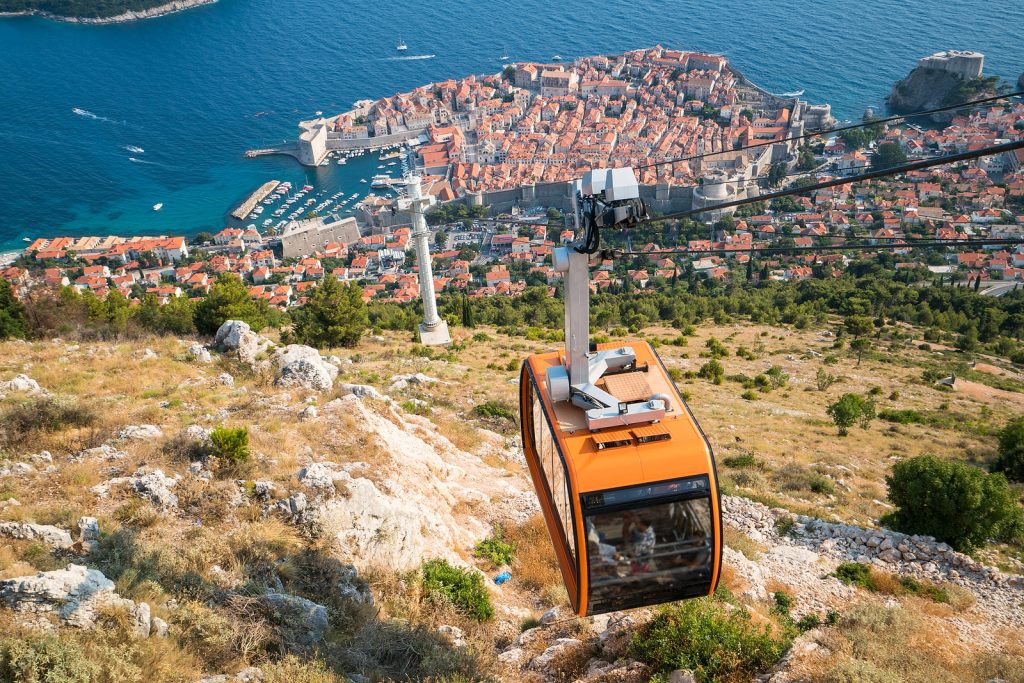Devin Haas visits Europe’s most ‘over-touristed’ city and discovers that its charms make it weel worth putting up with the crowds.
I don’t like crowds of tourists. Few do, but I would sooner ride buses for half a day to an obscure village than fly across a continent only to re-surround myself with people from my hometown. Tourists drive permanent residents of old towns out, as their homes are converted into AirBnBs and hostels, while causing food prices to skyrocket.
So I almost skipped Dubrovnik.
Dubrovnik is the most over-touristed city in Europe—36 tourists visited it in 2019 for every one inhabitant. For reference, 21 tourists visited Venice and 13 visited Florence per resident.
Hundreds of millions of people watched HBO’s series Game of Thrones, and Dubrovnik’s starring role as King’s Landing, capital of the Seven Kingdoms, made the already well-visited city a household name around the world. Plenty of European locales are used in films and television without blowing up the same way, but Dubrovnik is quite simply so stunning that it is hard to believe it can exist outside a studio lot.
Before my trip to Dubrovnik, I had been to Croatia once before for two short days—one each in Split and Šibenik—last September. Split is as lovely of a city as any that exists, with the staggering beauty of Diocletian’s palace somehow matched by the azure Adriatic waters, but I was saddened that I heard English, German, and Dutch but virtually no Croatian and certainly no Ladino.
Šibenik was a peer in beauty but opposite in all other regards—other tourists were few enough to be mostly avoided and locals were running errands or rowing rather than distributing nightclub flyers.

I wondered whether I would enjoy Dubrovnik and fretted whether I should instead spend my limited time in a less frequented Dalmatian settlement. I needn’t have worried: I spent a lovely night and day in Dubrovnik, and my chief regret is that I did not have more time.
Dubrovnik was, of course, full with tourists. But its walls, palaces, churches, and coastline are so timeless and engrossing in their beauty that I could focus on nothing else. I easily forgot the crowds.
Its walled old town slopes up hills from either side of Stradun, the limestone-paved main pedestrian street. Every building is Venetian, made of pale stone with a colourful terracotta roof. I had initially planned to pay for a pass that would allow me to walk around the walls and palaces, but the other parts of the city were so charming that I decided to forego those attractions in favour of climbing up through the old town’s alleys and then eventually leaving its walls to see other parts of city.
It was a wise decision. As soon as I left the old town’s walls, the number of tourists sharply decreased. I found stunning hotels and villas with Mediterranean gardens and citrus groves and cafes with shaded patios.

The Porporela—a 19th century pier immediately outside the old town’s walls—and the park filled with umbrella pines and blooming irises above Danče Beach both offered places to sit and take in the scenery. The viewpoint atop Mount Srd, accessible by hike or cable car, provided perspective, revealing the relatively small size of the old town while accentuating its oranges in contrast to the turquoise Adriatic. Newer parts of the city en route from the old town to the bus station had residential apartments and neighbourhood parks within metres of the azure sea.
There was a reason that my childhood friends from all the way back in Missouri longed to visit this city. I was fortunate to witness its elegance and splendour, and sharing the experience with fellow travellers was a small price to pay.
Unlike many news and information platforms, Emerging Europe is free to read, and always will be. There is no paywall here. We are independent, not affiliated with nor representing any political party or business organisation. We want the very best for emerging Europe, nothing more, nothing less. Your support will help us continue to spread the word about this amazing region.
You can contribute here. Thank you.







Add Comment